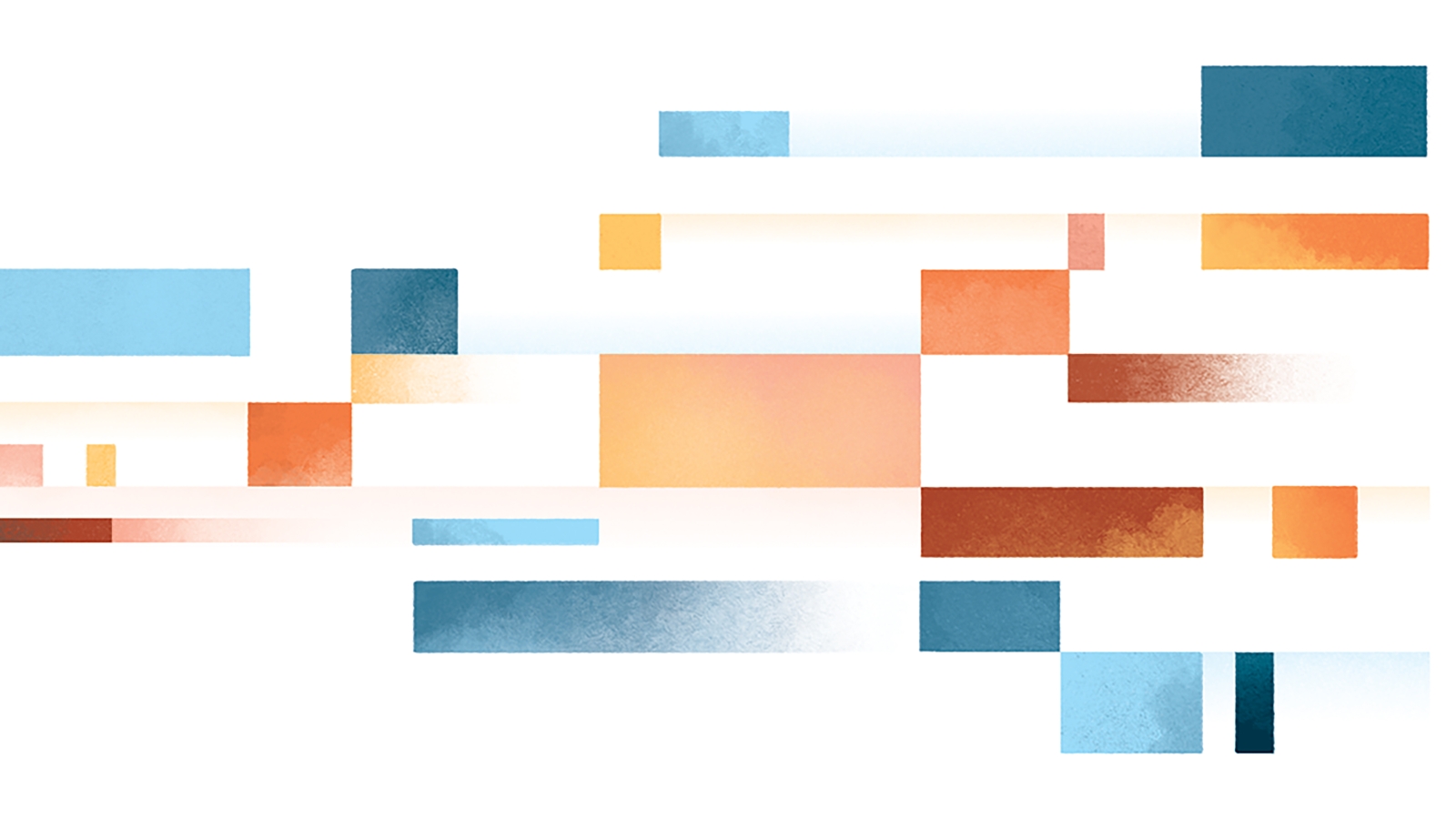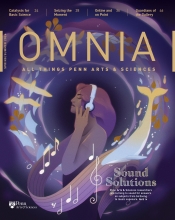Colorful Language
Biology and psychology researchers reveal that the way colors have been described historically constrains how they might be described in the future.

Imagine you and a friend are playing a guessing game: Using descriptive words alone, you challenge your friend to correctly identify the hue of individual color swatches. If your friend frequently guesses right, that means your shared language has what’s called an efficient color naming system.
These vocabularies are constrained both by how people perceive colors and by how much they want (or need) to discuss a given color. For example, in a 2021 study led by Joshua Plotkin, Walter H. and Leonore C. Annenberg Professor in the Natural Sciences, and Colin Twomey, then a postdoc and now interim executive director of the Data Driven Discovery Initiative, researchers found that the need to communicate about reds and yellows is high across languages; greens are more important in some.
For that work, they collaborated with David Brainard, RRL Professor of Psychology. Now, the three have identified another constraint on efficient color vocabulary: history.
In a paper published in Proceedings of the National Academy of Sciences, they show that a language’s past color vocabulary shapes its ability to evolve. The starting point places the initial restrictions, with the possibilities of how many directions it can go narrowing as the vocabulary itself continues to expand.
To draw these conclusions, the researchers used the publicly available World Color Survey, a large database of color-naming terminology that includes speakers from 110 language backgrounds naming 330 color stimuli. Specifically, Twomey and colleagues explored the introduction of new terms and the probability that a given word would change meaning as the size of the color vocabulary increased. For example, one efficient color vocabulary might combine green and blue—in other words, green-blue—and another might separate them as individual colors.
“In principle,” Plotkin says, using this information, “we can infer what ancestral color vocabularies were and then compare that to the historical record.” This historical constraint doesn’t apply only to colors, he adds, but to other categorization, like for consumer products or weather conditions, for instance.
Broadly, Brainard says, the study represents the idea that communication needs, historical constraints, and efficiency result in linguistic categories that are constantly refined. “The ideas, we hope, will apply to how we name and categorize and communicate about all kinds of things.”



